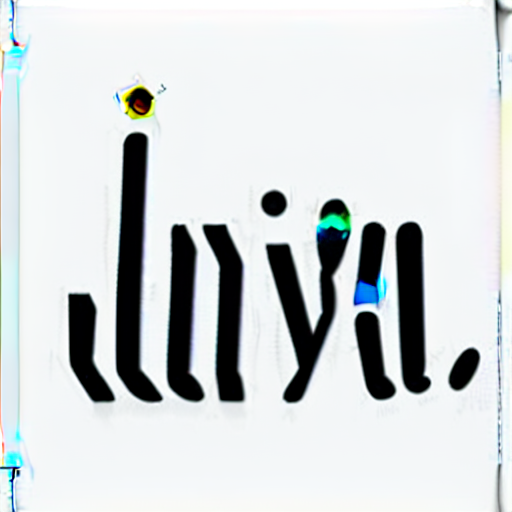Java如何使用Kryo序列化和反序列化

Kryo是一个高效的Java对象序列化框架,可以替代Java原生的序列化方式。相比于原生序列化,Kryo的序列化速度更快,序列化后的数据量更小,且支持更多数据类型和自定义的数据结构。
Kryo提供了以下常用的方法:
1. 创建Kryo对象:可以使用new关键字或者使用KryoFactory来创建Kryo对象。
Kryo kryo = new Kryo();
2. 注册要序列化的类:在进行序列化和反序列化之前,需要先将要序列化的类进行注册。
kryo.register(MyClass.class);
3. 序列化方法:使用Output对象来将Java对象序列化为字节数组。
Output output = new Output(new FileOutputStream("file.bin"));
kryo.writeObject(output, object);
output.close();
4. 反序列化方法:使用Input对象来将字节数组反序列化为Java对象。
Input input = new Input(new FileInputStream("file.bin"));
MyClass object = kryo.readObject(input, MyClass.class);
input.close();
5. 注册自定义的序列化器和反序列化器:对于某些特殊数据类型,Kryo可能无法提供默认的序列化和反序列化支持,此时可以注册自定义的序列化器和反序列化器。
kryo.register(CustomSerializer.class, new CustomSerializer());
在使用Kryo时,需要在项目中引入Kryo的依赖。可以使用以下Maven依赖来引入Kryo:
<dependency>
<groupId>com.esotericsoftware</groupId>
<artifactId>kryo</artifactId>
<version>5.0.0</version>
</dependency>
以下是一个完整的示例,演示了如何使用Kryo进行序列化和反序列化:
import com.esotericsoftware.kryo.Kryo;
import com.esotericsoftware.kryo.io.Input;
import com.esotericsoftware.kryo.io.Output;
import java.io.*;
public class KryoSerializationExample {
public static void main(String[] args) throws IOException {
Kryo kryo = new Kryo();
kryo.register(MyClass.class);
// 序列化对象
MyClass object = new MyClass("Hello World!", 123);
Output output = new Output(new FileOutputStream("file.bin"));
kryo.writeObject(output, object);
output.close();
// 反序列化对象
Input input = new Input(new FileInputStream("file.bin"));
MyClass deserializedObject = kryo.readObject(input, MyClass.class);
input.close();
System.out.println(deserializedObject);
}
}
class MyClass implements Serializable {
private String message;
private int value;
public MyClass(String message, int value) {
this.message = message;
this.value = value;
}
@Override
public String toString() {
return "MyClass{" +
"message='" + message + '\'' +
", value=" + value +
'}';
}
}
以上代码通过Kryo先将`MyClass`对象序列化为字节数组,并将其存储到`file.bin`文件中。然后再从`file.bin`文件中读取字节数组,并使用Kryo将其反序列化为`MyClass`对象。最后,打印反序列化后的对象内容。
